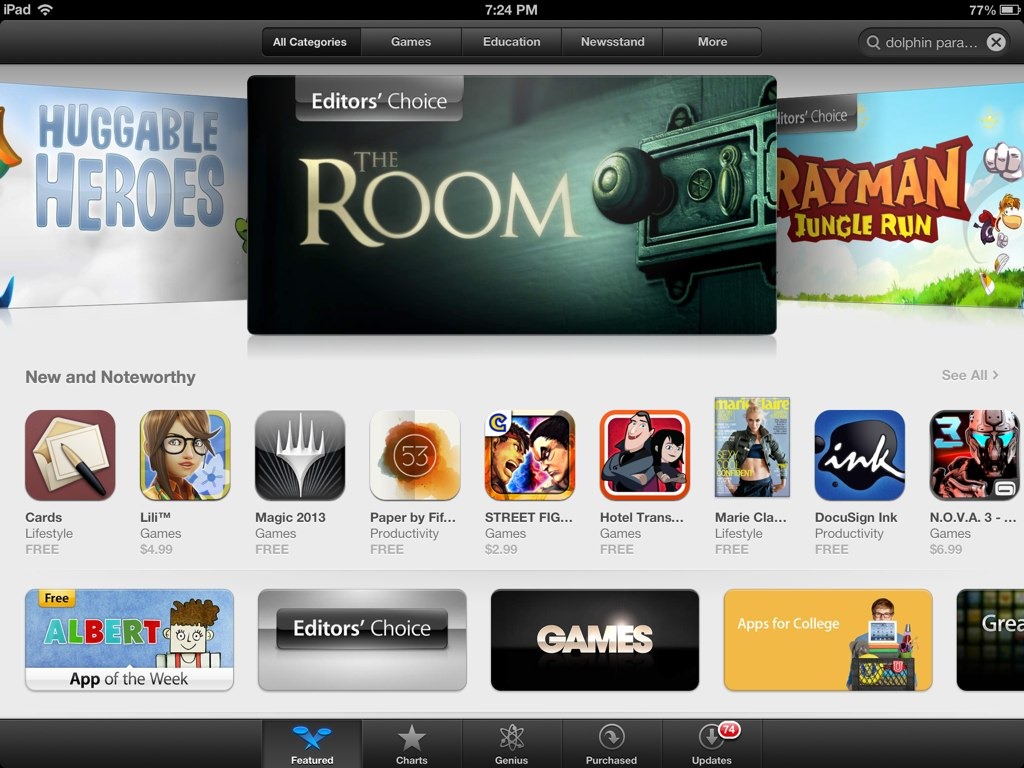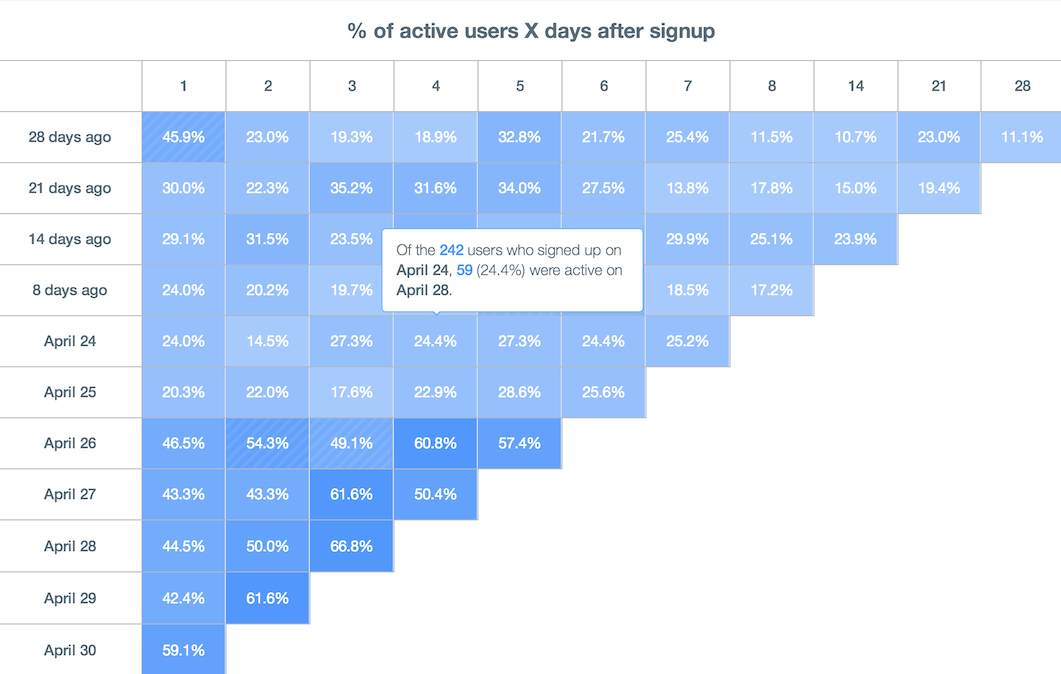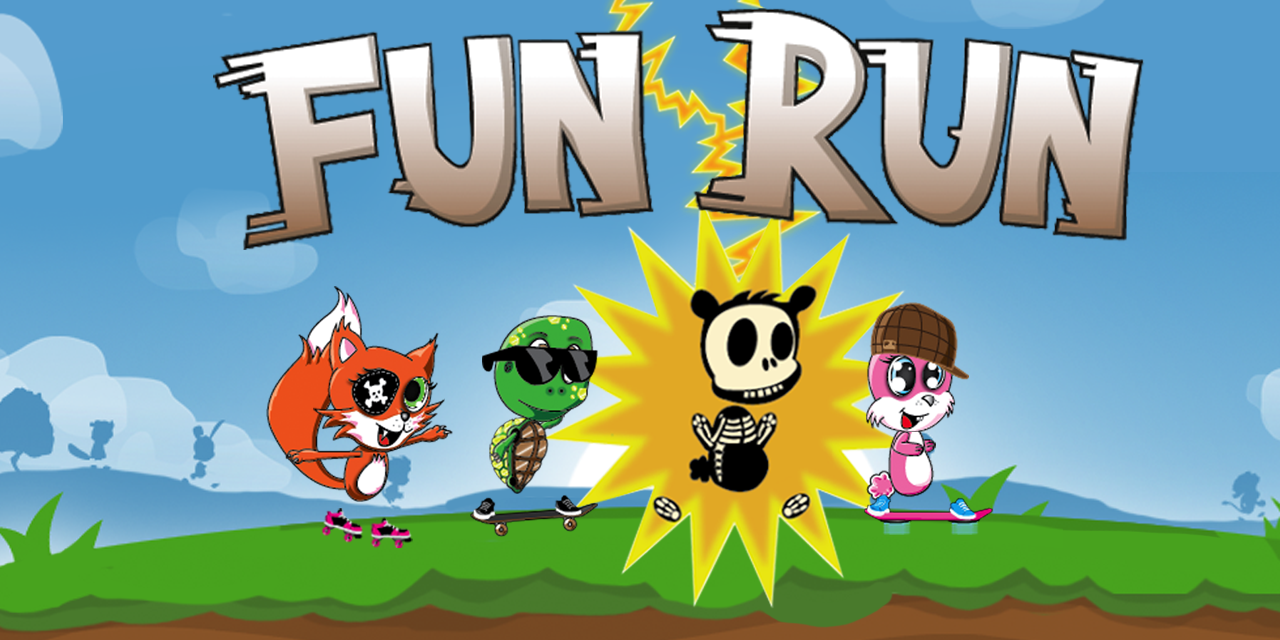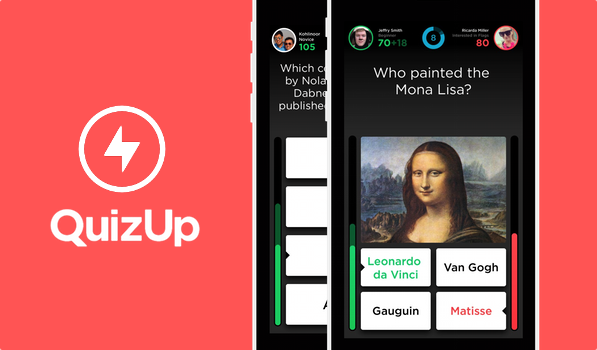Hay 3 formas de ganar en la Mobile App Store (Parte 2)
Para tener éxito en la App Store, muchas cosas tienen que salir bien. Desde 2012, la App Store ha llegado a un punto de madurez. Las listas de mayores ingresos están estancadas con muy pocos cambios de un mes a otro. Se han decidido los ganadores de la App Store y ahora los desarrolladores restantes están tratando desesperadamente de aferrarse a sus nichos de mercado existentes. Recientemente (enero de 2014), en un informe de Gartner , estiman que para 2018 menos del 0,01% de todas las aplicaciones móviles de consumo se considerarán un éxito comercial.
Pero no todo es tan sombrío.
Si analizamos las historias de éxito desde 2012, podemos ver algunos patrones claros de cómo los desarrolladores lograron éxitos en este difícil mercado. Algunos desarrolladores inteligentes han logrado lanzar juegos que generan ganancias a pesar de las tendencias. Al comparar estas historias de éxito, puedo ver tres caminos claros que los pequeños desarrolladores pueden tomar para tener la oportunidad de ser rentables en la AppStore.
Si no tienes el valor de marca de Blizzard, Rovio o EA, o si no tienes los presupuestos de marketing de King, Supercell o Zynga, entonces estos 3 caminos son realmente tu única opción para tener éxito:
- Característica o fracaso: haz todo lo que puedas para obtener una característica.
- Gratis para pagar hasta llegar a la cima: optimice para CPI y LTV. Juegue el juego del marketing de resultados.
- Sensación viral: ten suerte y crea un juego que explote por sí solo.
La primera opción la hablé en mi último post . Cree una experiencia móvil increíble y haga todo lo que esté a su alcance para asegurarse un lugar destacado de Apple o Google.
Este es el mejor camino para los desarrolladores independientes pequeños y creativos. Cualquier desarrollador que no pueda desembolsar más de 400.000 dólares en un presupuesto de marketing debería considerar la primera opción.
Pero esta opción tiene limitaciones. El número de desarrolladores que luchan por destacar crece día a día. Hay espacios limitados cada semana que se pueden usar para presentar, y solo los primeros lugares impulsarán la visibilidad necesaria para generar ganancias de manera sostenible. El listón de cuánto necesitas invertir para pulir tu juego aumenta semana tras semana. También existe un límite de ingresos bajo para este tipo de juegos. Para obtener más de $ 1 millón en ingresos, debe tener la elección del editor. Este tipo de característica no es fácil de conseguir.

Cuando luchas por destacar, todo se reduce a conseguir la elección del editor.
Como desarrollador que busca crecer más allá de un estudio de 10 a 20 miembros, debe mirar más allá de un camino tan arriesgado para generar juegos exitosos. Para obtener mayores márgenes en los juegos, debes pasar al Free to Play. Con solo echar un vistazo a las listas de mayores ingresos de los últimos años, resulta obvio que el juego gratuito es dominante y llegó para quedarse. Clash of Clans gana más de 1 millón de dólares al día según AppAnnie. El único juego pago que ha estado constantemente entre los más taquilleros desde 2012 ha sido Minecraft.
El segundo camino: Gratis para pagar tu camino a la cima
Entonces, si necesitas crecer, ¿cómo puedes lograr el éxito en el mercado de juegos gratuitos?
Necesitas:
- Un juego con una retención a largo plazo increíblemente fuerte.
- Un juego con una monetización igualmente fuerte
- Mucho dinero para gastar en marketing (adquisición de usuarios)
Un buen producto no es suficiente. Debes poder crear un producto mejor que los competidores, que mantenga a los jugadores jugando durante meses más que la competencia, y luego gastar más que ellos en marketing. Si no puedes hacer estas tres cosas, tu juego se hundirá como una piedra.
Los juegos Free to Play deben durar años, no días
Los juegos gratuitos son drásticamente diferentes de los juegos de consola tradicionales o de los juegos pagos en la AppStore. Como comenté la semana pasada, si eliges la primera opción para tener éxito en la AppStore (“Característica o fracaso”), tu objetivo es crear una primera experiencia increíble. Crear contenido para solo unos días está completamente bien. Los jugadores están bien con una experiencia rápida y pulida por sus $2,99. No necesitas esforzarte creando meses de contenido para que lo consuman los jugadores. Sin embargo, Free to Play es drásticamente diferente: el éxito de tu juego depende de tu capacidad para mantener a los jugadores jugando durante meses, si no años.
En los primeros días del juego gratuito en dispositivos móviles, los desarrolladores se centraban en generar ingresos durante la primera semana desde que un jugador jugaba. Los jugadores comenzarían un juego gratuito y serían abordados por ofertas y trucos para que gastaran lo más rápido posible. Hoy en día esto ha cambiado por completo. El enfoque común ahora es que los jugadores que disfrutan de un juego durante meses están más dispuestos a gastar y gastarán mucho más.

Es imperativo realizar un seguimiento y optimizar la retención. Garantizar que una cantidad sustancial (5+%) de jugadores regrese 30, 60, 90+ días después de la apertura es crucial para el éxito del juego gratuito.
Entonces, a diferencia de crear juegos para que se presenten (el primer camino), este segundo camino es exactamente lo opuesto. Tu éxito depende de tu capacidad para crear un juego que dure meses. La atención debe centrarse en la mecánica más que en la estética. Mecánicas que impulsan a los jugadores a regresar todos los días durante meses y, en última instancia, crean sistemas que alientan a los jugadores a pagar eventualmente.
On top of this, developers will need to make a commitment to this game for many months after the launch. In order to drive the long term retention to where it needs to be, developers must invest heavily in consistent content updates. Updating your game every 2-3 weeks is imperative. As a small developer, this commitment to a single game may be deadly. Free to Play only works for larger developers.
If you don’t think you can create a game that will last for months on first launch, then rethink your path to be successful in this market.
LTV CPI is all that matters
The second step to creating a successful free to play game is to make the magic formula work : Your game’s LTV must be greater than CPI.
LTV : Lifetime Value. This is the amount of money an average player will spend throughout their entire time playing your game. This is a reflection of your retention curve (how long players will remain in your game) multiplied by your game’s ability to monetize over that curve. To increase: retain players for longer and monetize on that game better.
CPI : Cost per Install. This is the average cost marketing must spend in order to push a customer all the way until the point of installing and opening up the game. This number is heavily dependant on marketing as well as the theme and art style of your game. How costly is it to acquire a player that likes your game enough to install it? Word of mouth, brand recognition, reddit posts all come into this. If you have a large user base that you can get to download your game for free, even better.
Optimizing these two numbers is the only way to success with Free to Play games.
As a small developer, how can you make this equation work?
First off, you need an amazing game. That’s not an easy accomplishment, but must be the base for making the LTV vs CPI equation work. Assuming you’ve got a healthy LTV (over $2) then it makes sense to start looking into smart ways of acquiring users.
As a small developer, you don’t need to be in the Top 10 grossing charts to bring in a profit on a free to play game. CPI scales with volume. So purchasing 2,000 new players a day can have a much smaller cost per install than purchasing the 20,000 new players required for a massive blockbuster. As a small developer you can be smart about purchasing enough volume of users to pay the bills and avoiding the big spenders.
Otherwise, as a small developer you’ll need to find a publisher or an investor to fork over the necessary cash to drive serious marketing out of the game. Dimitar Draganov mentioned in “Freemium Mobile Games : Design Monetization”that a marketing budget must be minimum $400K. That was back in 2013. This baseline has only increased since then. According to AppAnnie and Flurry this trend will most likely continue to climb as long as the biggest developers have strong LTVs and can afford the CPIs.
The 3rd Path : Viral Sensation
This is the most elusive and undocumented of the paths. I myself have had no experience creating games like this, but have only watched as some games have become successful using this route.
Games like Words with Friends, Draw Something, Flappy Bird, Fun Run, Canabalt, and QuizUp are all games that drove a massive audience to their game by virality and word of mouth alone. They didn’t need featuring from Apple, many didn’t spend a dime on marketing.

https://itunes.apple.com/ca/app/fun-run-multiplayer-race/id547201991?mt=8
Fun Run Multiplayer was built by a bunch of students for a school project. They polished and launched it on the AppStore themselves. It became a massive hit with a younger crowd (13-18 year olds) which resulted in the game reaching a dominant Top Free ranking position. They even managed to creep into the Top Grossing charts for a limited time. How they did this? I can only speculate. Focusing on a younger demographic that is more likely to spread games via word of mouth at school when all their friends have iPod touches or iPhones improves your chances of being viral. Ultimately they did not need to be featured or pay for marketing.

PewDiePie : https://www.youtube.com/watch?v=lQz6xhlOt18
Flappy Bird was a massive news headline in early 2014. It left the mobile development world speechless why a game so simple could traverse the charts so easily. Tech Crunch did an excellent write up on the Flappy Bird phenomenon: http://techcrunch.com/2014/02/14/why-fads-fade-the-inevitable-death-of-flappy-bird/ . The game was incredibly addictive: it gave players always a reason to try once more. The player’s reason for failing was always blatantly obvious: tap better next time! This game again was for a younger audience — but captured an even wider one than Fun Run. This was a game that was so frustrating that players couldn’t help but tell their friends about it. It shot up on discussion boards everywhere. People naturally wanted to share their scores and their stories from playing this game.

https://play.google.com/store/apps/details?id=com.quizup.corehl=en
Games like QuizUp, Draw Something and Words with Friends did something different. They built games that word of mouth and virality was at its core. You can’t play these games unless you get your friends to play it. Friends themselves are constantly prodding you to play one more turn. This drove massive growth for these games. Everyone was playing — to the point that Zynga purchased Newtoy (Words with Friends developer) and OMGPOP (Draw Something developer). These games were quick to rise and fall, but it was long enough for the developers.
Most of these games are very broad audience games. They appeal to a wide range of player types and demographics; this supports the game’s viral ability. You can’t create games that are niche that depend on word of mouth.
However, these games are risky. Words with friends didn’t even show signs of life until more than 6 months after their first launch. Most companies would have put the game to rest long before the game got the attention of the public. But when the game took off, it took off like a rocket.
Yet with all of these games, what goes up must come down. These games float in the top charts for awhile, but then sink incredibly quickly. Unpredictably, these fads are over almost as quickly as they came. So developers must seek to make money while they can. This success is fleeting.
Going for a viral hit is by far the most elusive path to choose. Its always difficult to see what games will become a viral sensation. But regardless, each year, one developer always wins the lottery. There will always be stories of developers arguing that you don’t need to sink years in to making beautiful games (the 1st path) or spend a dime on marketing (the 2nd path) to succeed. If we all could be so lucky.
In Summary
This market is incredibly tough, but in summary there are 3 distinct routes that a developer can take today that can lead to success :
- Feature or Bust
Focus on featuring from Apple and Google.
Go paid, not free.
Focus on experience, not on monetization.
Build games with an incredibly strong aesthetic experience.
Don’t fuss with a massive amount of content.
Focus on an experience that is a polished and fun few hours.
- Free to Pay to the Top
Build a game that will retain players for months, even years.
Find ways to optimize your LTV with retention and monetization.
Find a way to get $400K+ for a marketing budget to push the game to the top.
Hope that LTV CPI, and that the game can sustain in the Top Grossing Ranks.
- Viral Sensation
Incredibly risky, and not much is known how to accomplish.
Aim for a broad audience game that enforces word of mouth marketing.
Pray that it eventually takes off.
Cada uno de los grandes éxitos desde 2012 ha seguido uno de estos tres caminos. Cada uno de estos éxitos ha hablado largo y tendido de cómo les ha tocado la lotería que es la AppStore. La industria móvil en 2015 seguramente traerá algunas sorpresas. Para el resto de nosotros que no podemos contar con sorpresas y buscamos una ecuación sobre cómo crear un juego exitoso, esto es lo más parecido posible.
Leave a Reply